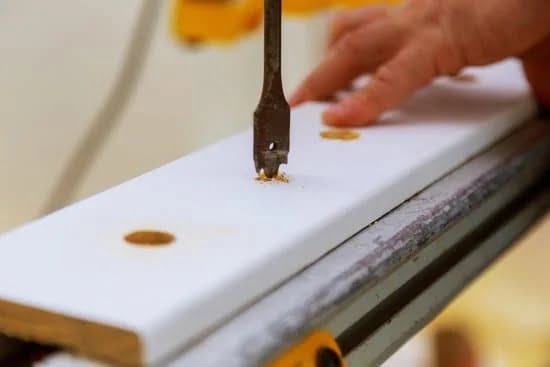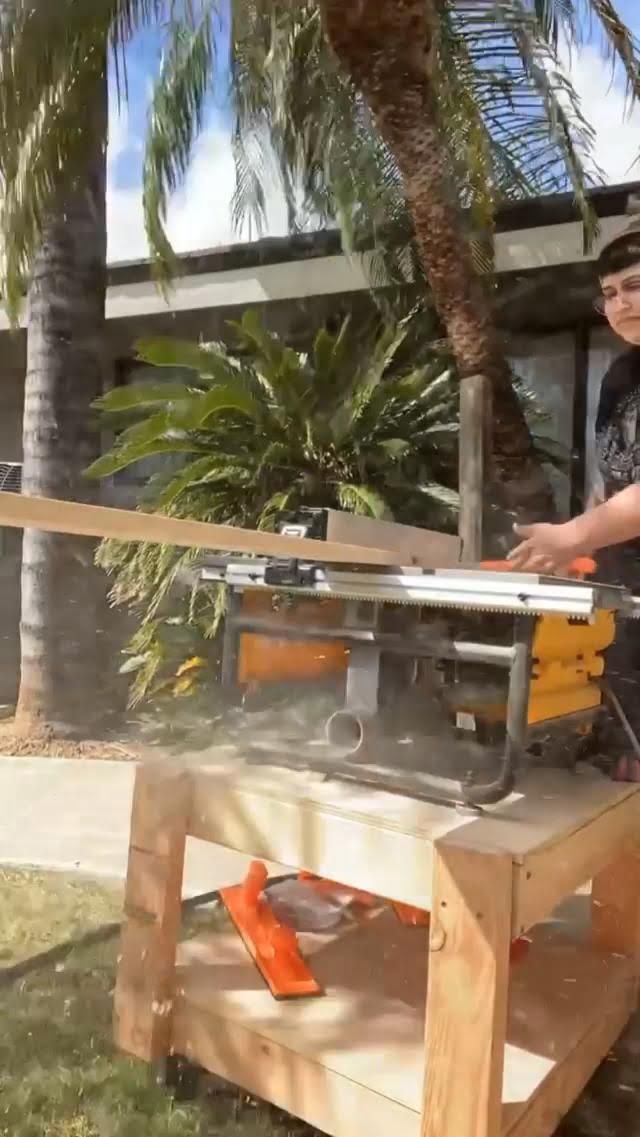Introduction
Garden woodwork is a great way to spruce up any outdoor space. Sure, it might seem daunting at first but with some good planning and tools, you can complete projects in a weekend and create beautiful woodworking pieces for your garden. Take on the challenge and surprise yourself with how much you can accomplish!
Necessary Materials
When organizing the materials for a garden woodwork project, it is important to start by selecting your materials carefully. Consider the size of the project you are tackling and make sure to choose materials that are suitable. Wood can be a tricky material to work with as its properties can vary from piece to piece, so having an eye for quality is essential for ensuring a successful outcome. Start by browsing hardware stores, looking for lumber that has been appropriately stored and treated with preservatives if applicable. Make sure to measure accurately so as to plan how much material you need. Finally, categorize all the pieces accordingly so you can find them when needed during assembly or construction. If possible, organize pieces by length first and consider arranging them in piles of similar dimensions or groupings of cuts that share common measurements. Having a clear idea what supplies will be needed before buying everything can also help save money and time at the store or online order platform.
Tools to Get Started
If you are planning to complete a garden woodwork project in just one weekend, it is important that you have the right tools for the job. Some of the most essential tools you will need include a drill, a saw, screws, sandpaper and other types of fixings.
A drill is key for any type of woodwork project as it allows you to bore correct-sized holes so that your wooden pieces fit together correctly and securely. An electric drill is a worthwhile investment if you are looking to tackle more than one weekend project because it is powerful enough to drill through most woods with ease.
Depending on the project size and requirements, different types of saws may be suitable including handsaws, jigsaws and circular saws. An electric jigsaw can make quick work of small projects and depending on the task at hand, circular saws can be good for larger pieces of wood. However, handsaws provide greater accuracy when making detailed cuts and shapes.
Lastly, sandpaper comes in various grades ranging from very coarse to very fine and are ideal for smoothing edges or refining shapes. You will also want to obtain screws which come in different sizes for different tasks along with other fixings such as nails and hinges depending on what needs securing or attaching.
Tips for Success
Time Savers
1. Make a list of the materials and tools you need to finish your garden woodwork project in advance, so that you can quickly locate them on the day of work.
2. Buy pre-cut lumber particularly for complex cuts to save time.
3. Hire an additional pair of hands if the project is large and needs complicated assembly.
4. Purchase kits or premade plans which include most of the materials needed to complete the project without fuss.
5. Consider building a base structure first, which will form a frame for rest of the build which can then be done at leisure when time allows, e.g – wooden planters, benches or garden sheds etc…
6. Ask for help from experienced woodworkers who will share helpful tips to save time during construction and provide advice on certain techniques that should be used.
7. Utilize simpler designs rather than intricate pieces with lots of details as this will help to save time when completing projects as it would reduce measuring and assembling time required on individual parts making up the piece (e.g – basic table legs instead of detailed carvings).
Safety
Troubleshooting:
• Before using any tools, read the instruction manual carefully and become familiar with their components. Ensure that you wear appropriate safety gear at all times while working.
• If wood splits during the project, use wood glue to fix it or replace it depending on the severity of the crack.
• If you are having trouble cutting a straight line, use a pencil, marker, or chalk to draw a guiding line in order to ease the process.
• If your measurements are off, take time to refigure them and recut if necessary. Always double-check measurements before making cuts.
• Use sandpaper and a wood file to smooth out rough edges in between steps of the project for better craftsmanship quality.
Project Ideas
Garden Woodwork In A Weekend
Project Ideas:
1. Build A Raised Bed Planter – First, you will need to choose the exact size and where you want to place it in your garden. Then measure and mark the area you want to make your planter. Next, purchase the lumber needed and cut into desired lengths; at least two inches longer than the desired height of your planter box(s). Attach the lumber together by screwing them together with galvanized screws or decking screws. Make sure each corner is perfectly square and that all level measurements are exact. Finally ,you can add a thin layer of soil to the bottom of the box and fill it up with potting soil for plant selection & placement.
Suggested Modifications: If you wish to personalize your raised bed further, you can use different kinds of wood such as cedar or recycled wood for a more rustic look. Consider adding hinges on one side of the planters so they may be opened from both sides – perfect for displaying climbing plants . Preferably, use natural manure/soil based fertilizers as these tend to aid healthier growth in plants compared to chemical based ones. You can even team these up with colourful pots or flower stands around it that bring in a bit more charm !
Conclusion
Conclusion
Gardening woodwork can be a slow and patient task, and for that reason, it’s important to be well-prepared before you get started. The tips outlined in this article provide an excellent reference for any home gardening enthusiast looking to complete a woodwork project in a weekend. Additionally, there are countless resources out there that may support you throughout the project. Here is a list of some suggested books, websites, and other sources of information that can help you successfully carry out your dream garden woodwork project:
Books:
• The Complete Guide to Woodworking Projects by Mike Lawrence
• The Complete Illustrated Guide Woodworking by Andy Rae
• Home Workshop Woodworking: Fundamentals of Working with Wood by David Janosik
Websites:
• Family Handyman—tips and advice on DIY projects
• Diy Garden Projects —hundreds of DIY steps you can take to upgrade or enhance your garden
• This Old House —renovations made easy for the modern DIY-er
Videos:
• Youtube—plenty of instructional step-by-step videos covering all aspects of gardening woodwork
• TED Talks—inspiring stories from professionals within the industry
No matter where you turn for inspiration, make sure to look into details and plan ahead before getting started! With the right tools, materials, safety gear, and efficient planning skills in mind, you’ll be sure to have a successful garden woodwork experience in no time!

Hi everyone! I’m a woodworker and blogger, and this is my woodworking blog. In my blog, I share tips and tricks for woodworkers of all skill levels, as well as project ideas that you can try yourself.





